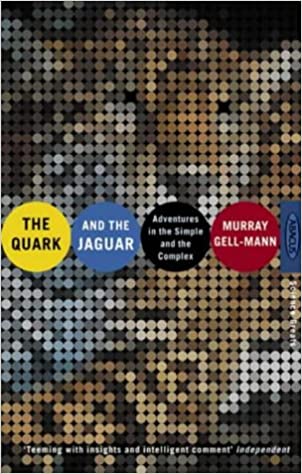
|
Murray Gell-MannThe Quark and the Jaguar355/356 |
Discounting natural's capital
Another indicator of the level of concern over living on nature’s capital is the discount rate. I understand that the World Bank, in financing projects with large environmental impacts, still applies a discount rate of 10 percent per year to the future. If that is true, it means that the loss of some great natural asset thirty years in the future is discounted by a factor of 20. The natural heritage of the next generation is valued at 5 percent of its assigned value today, if indeed it is counted at all.
The discount rate, used in this way, is a measure of what is called intergenerational equity, which is crucial to the notion of sustainable quality. Discounting the future too steeply amounts to robbing the future. If the notion of discount rate is generalized somewhat, it can be used to encapsulate much of what is meant by sustainability.